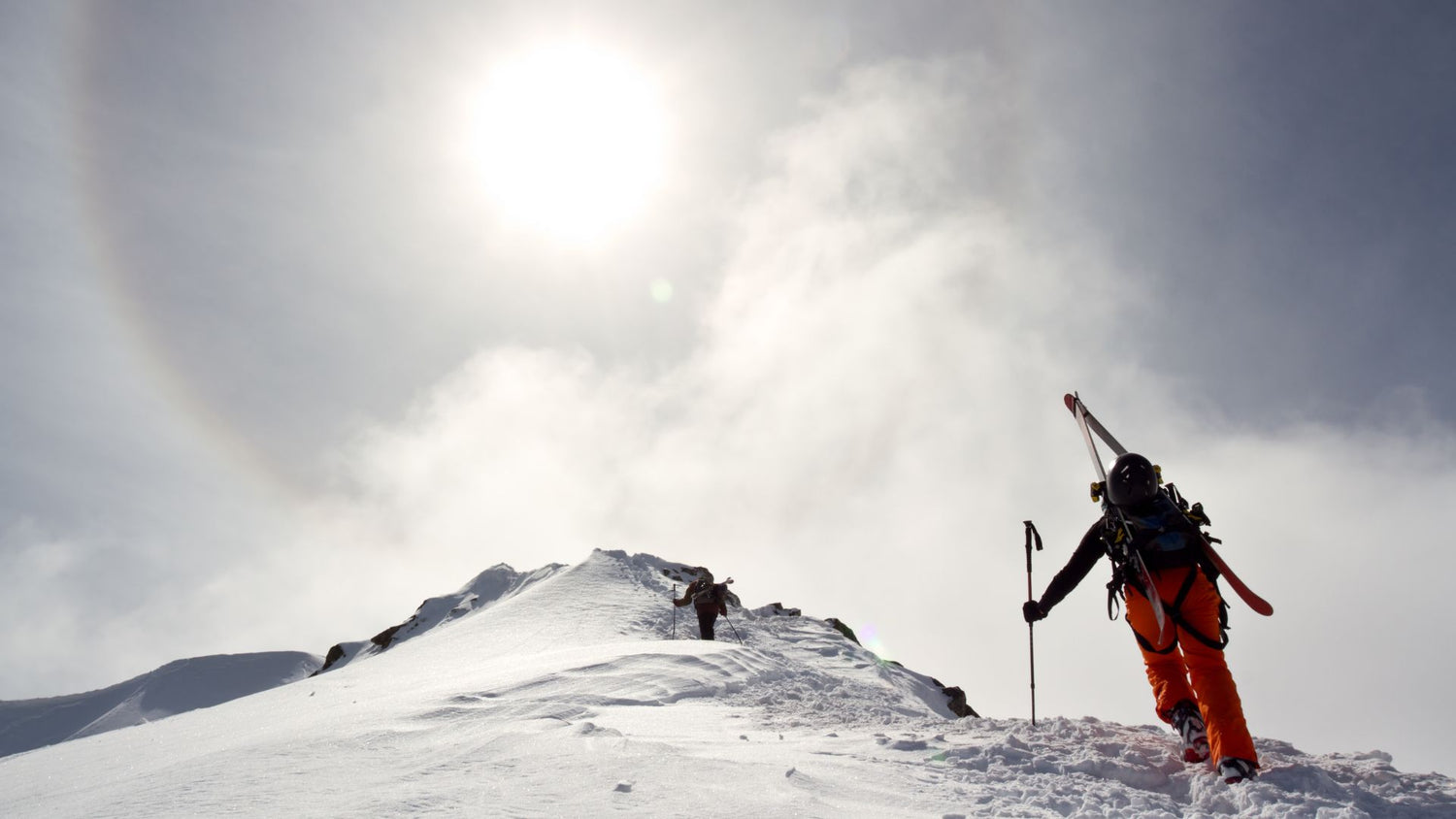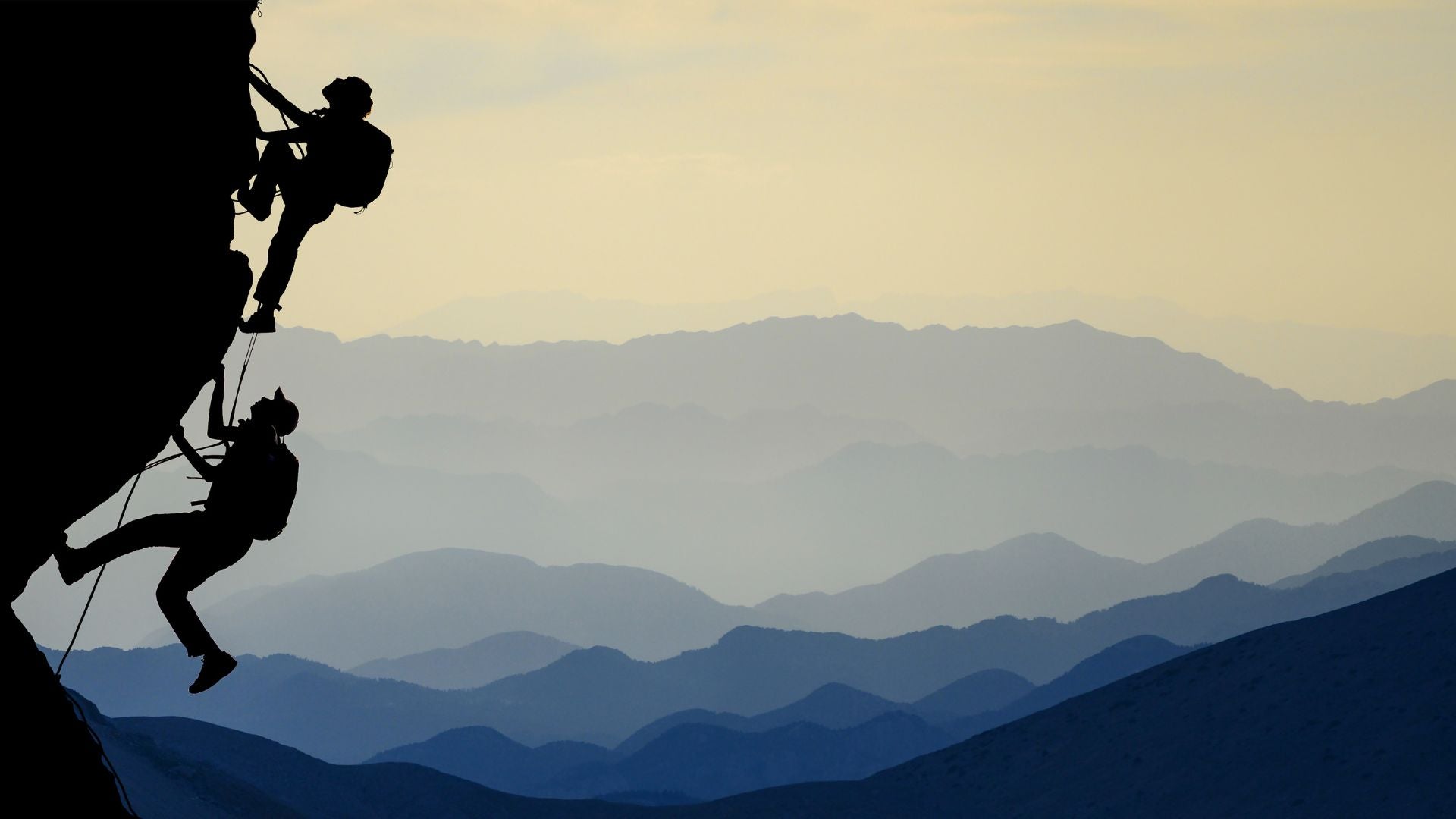Whether you’re cross-country skiing, snowshoeing, snowboarding at a resort, or spending multiple days in the backcountry on a hut trip, there is no doubt that winter sports are fun and exhilarating. Many of these gravity-infused activities require a good deal of physical exertion similar to their summertime counterparts, and to that end dehydration remains a concern.
Cold temperatures draw moisture out of the atmosphere.
The threat of dehydration in the winter is compounded by the fact that it is cold outside and the air is typically much drier – the cold temperatures drawing moisture out of the atmosphere.
Unfortunately, staying hydrated in the cold can be no fun. Liquids freeze, making un-insulated bottles difficult to use and rendering easy-delivery hydration systems like CamelBaks nearly useless. And, unless your water is warm, it can be difficult to swallow – literally. When you run out of water, you must then take the time to melt snow with a stove and a pot.
However, all of this makes staying hydrated in the backcountry all the more important in the winter.
Signs & Symptoms of Dehydration
Signs and symptoms of dehydration include thirst, fatigue, dark colored urine, headache, and irritability. Outdoor adventurers may lose interest in participating in activities or experience a lack of energy and appetite. Seriously dehydrated patients present symptoms of shock, such as rapid pulse and pale, cool, and clammy skin. Dehydration can also contribute to other winter ailments such as hypothermia and frostbite.
Treating Dehydration
Treatment for dehydration – no matter the time of year – involves drinking water. The body absorbs cool water faster than hot water, so cooling the contents of your thermos with a bit of snow may aid in the uptake of fluids. Electrolyte sports drinks are okay, but the sugar in them will slow absorption.
Next time you head out into the winter wilds, hydrate thoroughly beforehand. Carry several liters of water in insulated water bottles or thermoses. Standard recommendation for water intake is four or five liters of water a day when engaging in winter activities, so stop frequently to take in the moment and a few swigs of water.













